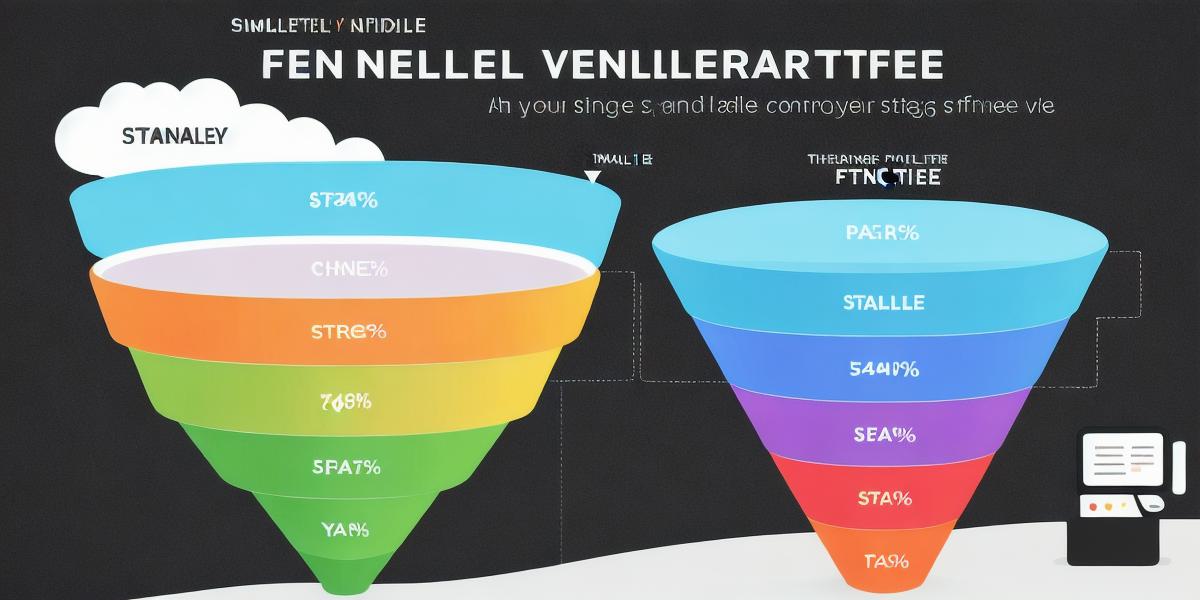Introduction
Marketing and branding are two of the most critical components of modern marketing. They are often used interchangeably, but they have distinct differences that can make or break a business’s success. In this guide, we will explore the key differences between marketing and branding, their roles in the marketing process, and how they can be effectively leveraged to drive growth and engagement for your business.
Marketing vs Branding: What are the Differences?
- Definition
Marketing is the process of creating, communicating, delivering, and exchanging offerings that have value for customers, clients, partners, and society at large. It involves identifying customer needs, developing strategies to meet those needs, and promoting products or services to potential customers.
Branding, on the other hand, refers to the process of creating and maintaining a unique identity for a business or product. It involves developing a brand name, logo, visual elements, and messaging that communicates the company’s values, mission, and personality. Branding is focused on building relationships with customers and differentiating a business from its competitors.

- Goals
Marketing aims to generate awareness of products or services, generate leads, and drive sales. It focuses on reaching as many people as possible through various channels and tactics, such as advertising, email marketing, social media, content marketing, and more.
Branding, on the other hand, is focused on building brand equity, which refers to the perception of a brand’s value and reputation in the minds of customers. It aims to create a positive association between a brand and its target audience, making it more likely for customers to purchase from that brand again in the future.
- Target Audience
Marketing targets a broad audience, including potential and current customers, as well as prospects who may become customers in the future. The focus is on reaching as many people as possible with a message or offer.
Branding, however, targets a specific audience that is likely to be loyal to the brand. It focuses on creating an emotional connection with customers, which can lead to long-term loyalty and advocacy.
- Measurement
Marketing is often measured by metrics such as website traffic, conversion rates, click-through rates, social media engagement, and more. The goal is to track the effectiveness of different marketing campaigns and tactics and optimize them for better results.
Branding is often measured by metrics such as brand awareness, customer loyalty, and market share. The focus is on tracking how well the brand is resonating with its target audience and making adjustments as needed.
The Roles of Marketing and Branding in Modern Marketing
Marketing and branding work hand-in-hand to drive growth and engagement for modern businesses. Here are some key roles each plays in the marketing process:
- Marketing
Marketing is responsible for identifying customer needs, developing strategies to meet those needs, and promoting products or services to potential customers. It involves a variety of tactics, including advertising, content marketing, social media, email marketing, and more.

The goal of marketing is to generate leads and drive sales by reaching as many people as possible with a message or offer. Marketing teams use data and analytics to track the effectiveness of different campaigns and tactics, making adjustments as needed to optimize results.
- Branding
Branding is responsible for creating and maintaining a unique identity for a business or product. It involves developing a brand name, logo, visual elements, and messaging that communicates the company’s values, mission, and personality. Branding teams work closely with marketing teams to ensure that all marketing efforts align with the brand’s message and tone.
The goal of branding is to build brand equity, which refers to the perception of a brand’s value and reputation in the minds of customers. By creating a positive association between the brand and its target audience, branding can drive long-term loyalty and advocacy.
Case Studies: How Marketing and Branding Work Together
-
Apple
Apple is a great example of how marketing and branding work together to create a cohesive brand identity. The company’s marketing campaigns are designed to showcase the features and benefits of its products, while also emphasizing the brand’s values and personality. From "Think Different" to "Here’s to the Crazy Ones," Apple’s advertising is known for its emotional connection with customers, which has helped it build a loyal following of advocates. -
Nike
Nike is another great example of how marketing and branding work together to drive growth and engagement. The company’s brand identity is built around the idea of "Just Do It," which emphasizes individuality and personal achievement. Nike’s advertising campaigns feature real athletes and everyday people, creating an emotional connection with its target audience that has helped it build a strong brand identity. -
Coca-Cola
Coca-Cola is a classic example of how marketing and branding can create a lasting impression on customers. The company’s brand identity is built around the idea of sharing happiness, which is communicated through its advertising campaigns, product packaging, and more. From "Share a Coke" to "Open Happiness," Coca-Cola’s branding efforts are designed to create a positive association with its target audience, which has helped it build a loyal following of customers.
Real-Life Examples: How Marketing and Branding Work Together in Practice
-
Starbucks
Starbucks is a great example of how marketing and branding work together to create a unique customer experience. The company’s brand identity is built around the idea of community, which is communicated through its store design, coffee offerings, and more. From free Wi-Fi to customizable drinks, Starbucks’ marketing efforts are designed to create an emotional connection with its customers that has helped it build a loyal following. -
Nike+ Run Club
Nike+ Run Club is another great example of how marketing and branding can work together to drive engagement and loyalty. The company’s brand identity is built around the idea of community, which is communicated through its running app, events, and more. From personalized coaching to community challenges, Nike’s marketing efforts are designed to create an emotional connection with its customers that has helped it build a strong brand identity. -
Airbnb
Airbnb is a classic example of how marketing and branding can work together to create a unique customer experience. The company’s brand identity is built around the idea of authenticity, which is communicated through its listings, reviews, and more. From "Experience Like a Local" to "Live Like a Local," Airbnb’s marketing efforts are designed to create an emotional connection with its customers that has helped it build a loyal following.
The Science Behind Marketing and Branding: How They Affect Customer Behavior
Marketing and branding can have a significant impact on customer behavior, including purchase decisions, loyalty, and advocacy. Here are some key findings from research and experiments that illustrate how they work:
-
Emotional Connection
Studies have shown that customers are more likely to make repeat purchases from brands that they feel an emotional connection with. By creating a positive association between the brand and its target audience, marketers and branding teams can increase the likelihood of long-term loyalty and advocacy. -
Recognition
Research has shown that customers are more likely to remember and recommend brands that they can easily recognize. By developing a strong visual identity, such as a memorable logo or color scheme, marketers and branding teams can increase the likelihood of repeat purchases and word-of-mouth referrals. -
Personalization
Personalization is a powerful tool for increasing customer engagement and loyalty. By tailoring marketing messages and experiences to individual customers, marketers and branding teams can create a sense of personal connection that can drive long-term loyalty and advocacy.
The Future of Marketing and Branding: How Technology Will Shape the Industry
As technology continues to evolve, it will have a significant impact on the way that marketing and branding are practiced. Here are some key trends and developments that will shape the industry in the years to come:
-
Personalization at Scale
With advances in data analytics and artificial intelligence, marketers and branding teams will be able to personalize experiences at scale, reaching individual customers with tailored messages and offers. This will require a new level of sophistication in data collection and analysis, as well as the development of new technologies for delivering personalized content and experiences. -
Social Media Influencers
Social media influencers are becoming an increasingly important tool for marketers and branding teams looking to reach new audiences and drive engagement. By partnering with influencers who have a strong following among the target audience, marketers and branding teams can tap into the power of social proof and create a sense of authenticity that can drive long-term loyalty and advocacy. -
Augmented Reality and Virtual Reality
As augmented reality and virtual reality technologies continue to advance, they will become increasingly important tools for marketers and branding teams looking to create immersive experiences that engage customers at a deeper level. From product demos to interactive ads, these technologies will allow marketers and branding teams to create experiences that are more memorable and shareable than traditional marketing channels.
Summary: The Importance of Marketing and Branding in the Digital Age
In the digital age, marketing and branding have become increasingly important for businesses looking to reach new customers, drive engagement, and build long-term loyalty. By leveraging data analytics, social media, and emerging technologies, marketers and branding teams can create experiences that are more memorable, shareable, and effective than ever before. Whether you’re launching a new product or building a strong brand identity, the power of marketing and branding can help you achieve your business goals and drive long-term success.




